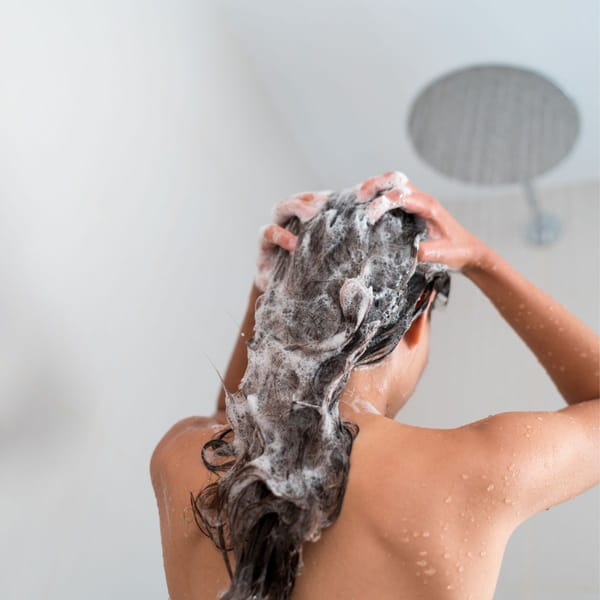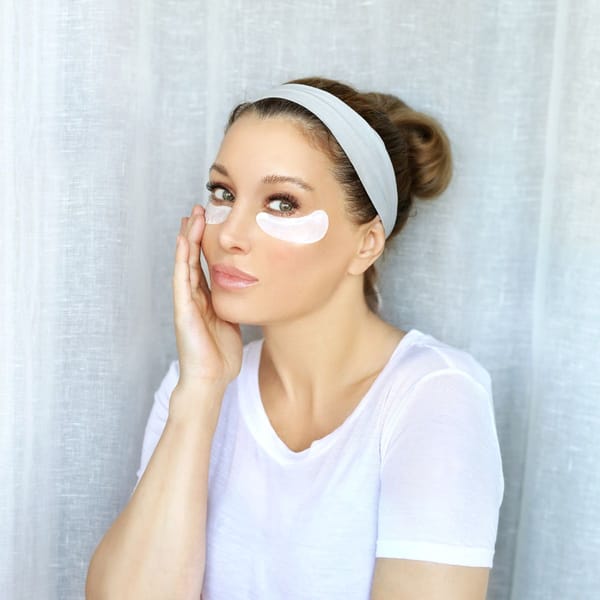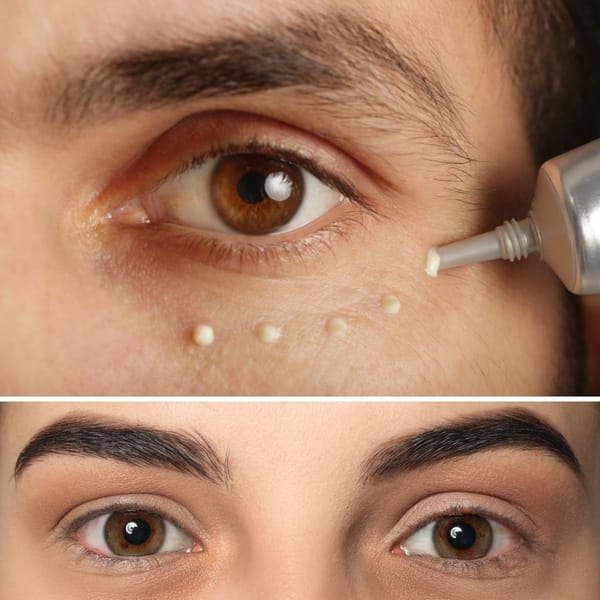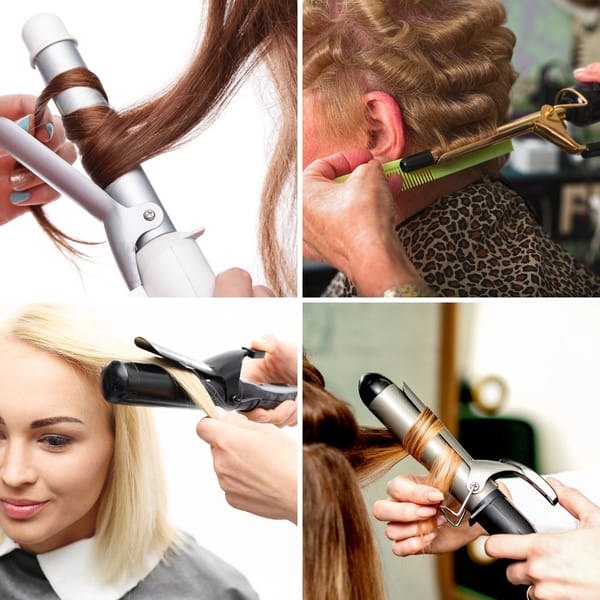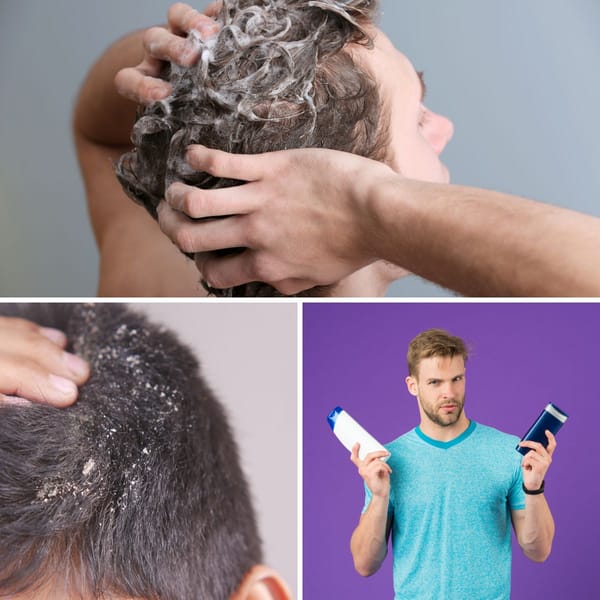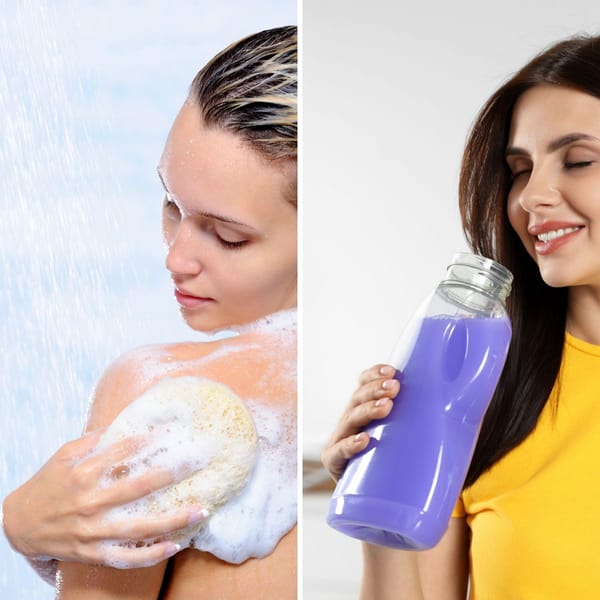Key Takeaways:
- Setting sprays can extend the wear of makeup and prevent smudging.
- The effectiveness of setting sprays can vary based on skin type and formula.
- The application technique is crucial for achieving the best results when setting sprays.
Makeup-setting sprays have become a staple in beauty routines, promising to keep makeup intact throughout the day. But does setting spray work? This article delves into the science behind setting sprays, their effectiveness on different skin types, and how to use them for maximum staying power.
The Science Behind Makeup Setting Sprays
Setting sprays are designed to create a barrier that helps prevent makeup from smudging, fading, or settling into fine lines. They often contain polymers, which act like a lightweight net over the skin, and solvents that evaporate to leave behind a thin film. This film can help to lock in makeup, providing a fresh look that lasts longer.
Different Formulas for Different Skin Types
Not all setting sprays are created equal. Formulas can vary greatly, with some catering to oily skin by offering a matte finish, while others are formulated with hydrating ingredients like coconut water for dry skin. It's important to choose a setting spray that complements your skin type for the best results.
The Role of a Setting Spray in Professional Makeup
Professional makeup artists often rely on setting sprays to ensure their clients' makeup withstands the rigors of events, photoshoots, or long days. A celebrity makeup artist might opt for a high-end product like the Urban Decay setting spray, known for its staying power and ability to deliver a natural matte finish.
Application Technique Matters
How you apply setting spray can make a significant difference. The ideal method is to mist the entire face lightly, holding the bottle a few inches away. This ensures even coverage without disrupting the makeup underneath. Spraying too close or too much can lead to a drenched complexion and potentially ruin the makeup you've worked hard to apply.
Setting Spray vs. Hair Spray: A Common Misconception
Some might confuse setting spray with hair spray, but they are not interchangeable. Hair spray is formulated for hair and can be too harsh for the delicate skin on the face. Using hair spray as a setting spray is a mistake that can lead to skin irritation, especially for those with sensitive skin.
Incorporating Setting Spray into Your Daily Routine
A light mist of setting spray can be the final touch to your makeup routine for everyday use. It's a go-to product for many who want to ensure their makeup looks fresh daily. Whether wearing a full face of makeup or just foundation and blush, setting spray can help maintain your look.
The Impact of Setting Spray on the Longevity of Makeup
Does setting spray really work to extend the life of makeup? Absolutely. Many users report that their makeup looks better for longer periods when they incorporate setting spray into their routine. It's particularly effective at keeping powder products like eyeshadow and blush in place.
Choosing the Best Makeup Setting Spray
When selecting a setting spray, consider your skin's needs and the finish you desire. A matte setting spray can help control shine for oily skin, while those with dry skin might prefer a hydrating formula. Look for sprays infused with beneficial ingredients that can add to your beauty routine.
The Importance of Base Makeup Before Spraying
When it comes to wearing makeup that lasts, the role of base makeup cannot be overstated. Before reaching for your ever-mist-setting spray, laying down a solid foundation is crucial. A well-prepared base ensures that your makeup has something to adhere to, reducing the likelihood of smudging or fading. Think of it as building a house; without a sturdy foundation, even the most beautiful structure won't stand the test of time. Similarly, your foundation, concealer, and powders form a block in which the setting spray can effectively seal.
Of course, not all base makeup is created equal. Your go-to products should be tailored to your skin type and desired finish. Whether you're working hard to achieve a matte appearance or aiming for a dewy glow, the right base makeup amplifies the efficacy of your setting spray. It's a symbiotic relationship where each component enhances the other, ensuring your makeup stays put from day to night. Remember, skipping this step could be where things go wrong, so never underestimate the power of a good base.
Mistakes to Avoid When Using Setting Spray
One common mistake is spraying too close to the face. Your setting spray should be misted onto the skin from a distance, typically 6-8 inches away. Spraying too close can cause an uneven application, leaving droplets that disrupt your makeup rather than set it. It's like watering plants; a gentle shower is far more effective than a direct stream of water. By misting from the right distance, you ensure an even coat that covers all the hard work you've put into your makeup.
Another error to watch out for is using the wrong spray type for your needs. Not all setting sprays are formulated equally; some are designed to hydrate, while others focus on controlling oil and shine. Using the wrong type can lead to disappointing results. For instance, if you have oily skin but use a hydrating spray for dry skin, your makeup might slide off sooner than expected. Additionally, be cautious not to confuse setting sprays with fixing sprays or refreshing mists, as each serves a different purpose. Remember, setting spray is not a substitute for a good lipstick formula; while it can help prevent other makeup from transferring, it won't prevent your lipstick from fading if you choose the wrong product.
Case Study: Real-Life Examples
Let's look at an example to illustrate the effectiveness of setting sprays. A professional makeup artist decided to test different setting sprays on clients with varying skin types during a wedding. The results showed that makeup lasted significantly longer using setting spray, even through rain and tears.
The Verdict on Setting Sprays
So, does setting spray work? The consensus is clear: setting sprays do indeed help to keep makeup looking fresh and in place for extended periods. They are a valuable tool for anyone looking to enhance the staying power of their makeup application.
Tips for Best Results
For best results, apply setting spray after you've completed your makeup. One spritz on the forehead, cheeks, and chin should suffice. Be sure to let it dry naturally for a flawless finish. Avoid rubbing or touching your face immediately after spraying to prevent smudging.
Setting Spray for Night vs. Day
The need for setting spray may differ from day to night. During the day, a lighter application may be sufficient, while at night, when makeup is typically heavier, a few extra sprays can provide the necessary hold to last through evening events.
The Final Touch: Setting Spray as the Last Step
Think of setting spray as the final touch to your makeup routine. After you've applied primer, foundation, eyeshadow, and mascara, a quick spritz of setting spray can seal the deal, ensuring your makeup stays put and looks vibrant for hours on end.
Sensitive Skin Considerations
Those with sensitive skin should look for setting sprays that are gentle and free from irritants. It's also wise to do a patch test before applying the spray to your entire face to ensure no adverse reaction.
The Evolution of Setting Sprays
Setting sprays have come a long way, with new formulas constantly being developed to cater to different needs and preferences. From sprays that promise a dewy glow to those that offer a natural matte finish, there's a setting spray for every look and lifestyle.
Conclusion: Setting Spray's Place in Beauty
In conclusion, setting sprays are a legitimate and effective product for enhancing the longevity of makeup. You can enjoy a flawless complexion that lasts throughout the day by choosing the right formula and applying it correctly.
Summary
Setting sprays are indeed effective at keeping makeup in place and preventing smudging. They work by forming a lightweight barrier over the makeup, and their effectiveness can vary based on skin type and the specific formula used. Proper application is key to achieving the best results, and setting sprays should be chosen based on individual skin needs. With the right setting spray, you can ensure your makeup stays fresh and vibrant all day long.
FAQ Section
Q: Can setting spray replace my primer? A: No, setting spray and primer serve different purposes. Primer is applied before makeup to create a smooth base, while spray is used after makeup application to set and protect the finished look.
Q: How often should I reapply the setting spray? A: Typically, setting spray is applied once after makeup to set it for the day. However, if you have a particularly long or humid day, you might need to reapply lightly to refresh your makeup.
Q: Is setting spray suitable for all skin types? A: Yes, there are setting sprays formulated for different skin types, including oily, dry, and sensitive skin. It's important to choose a setting spray that's compatible with your skin type for the best results.


